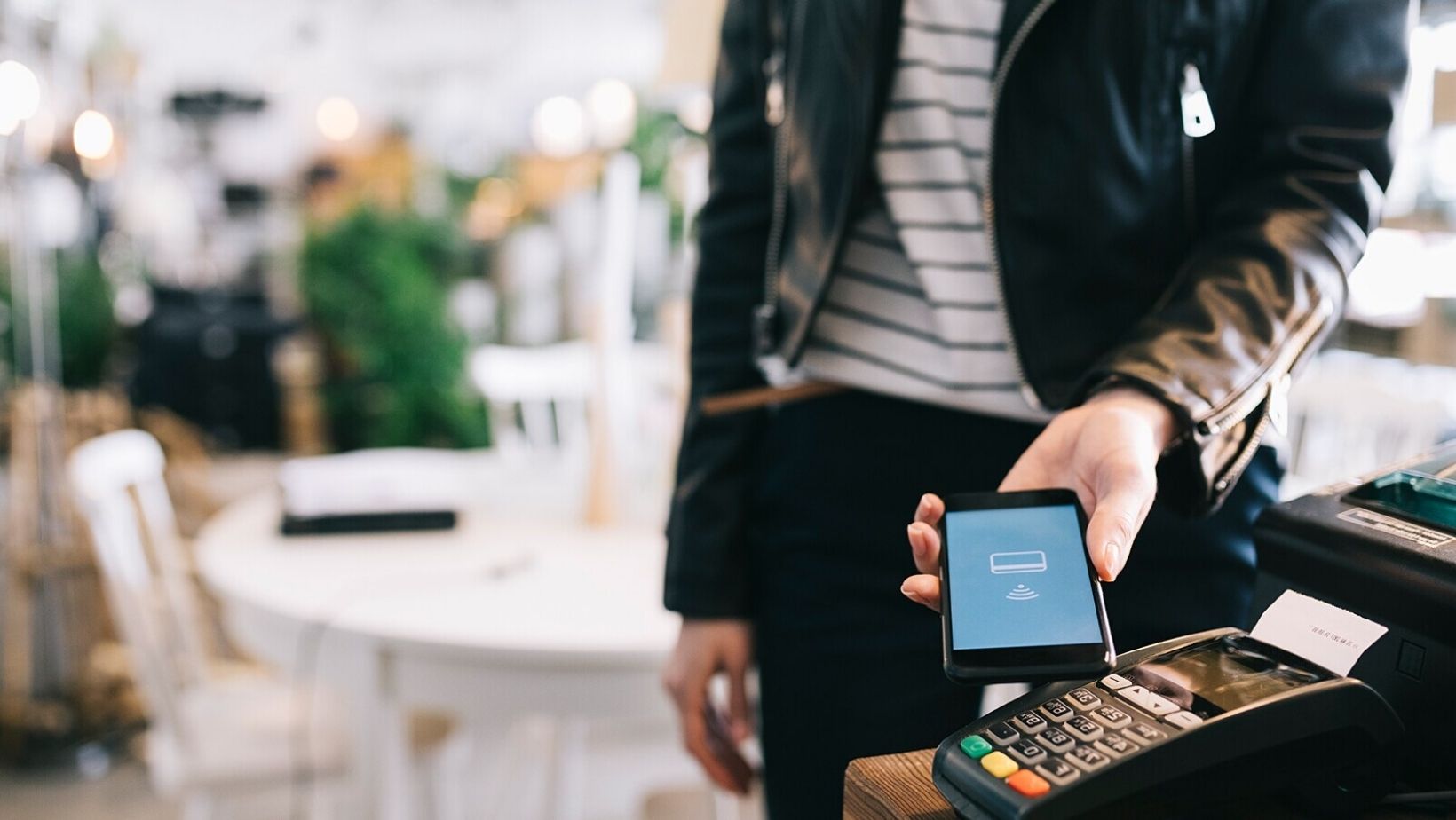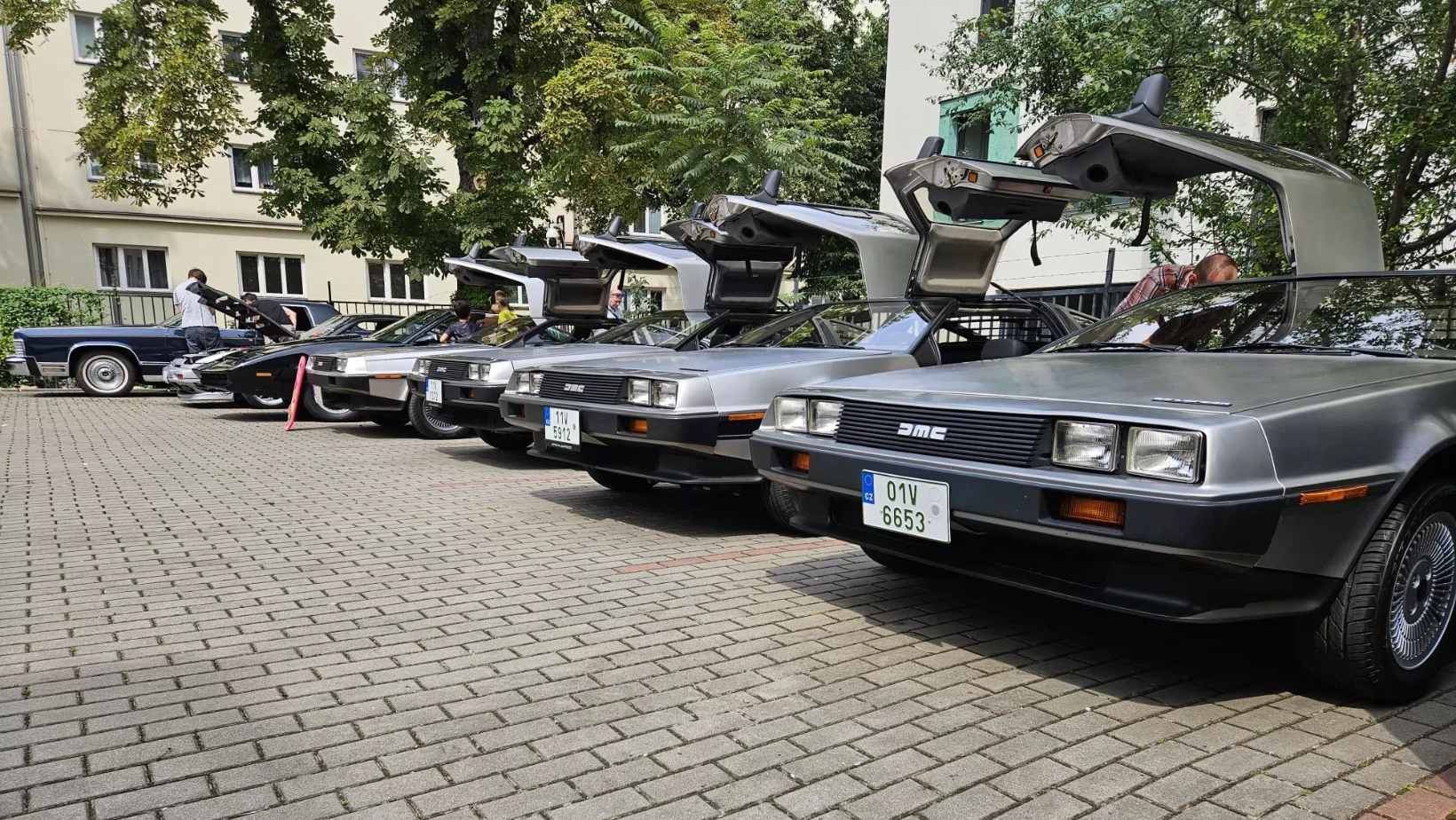If you stepped outside without your wallet or purse 10 years ago, it might have been a disaster.
But today, fintech innovations — from mobile wallets to QR payments — mean all you need to buy things is a phone in your pocket.
The long-predicted cashless society, where cash is abandoned altogether, seems closer to reality. According to a GlobalData report, some markets, including Sweden, the UK and several countries in Asia, have adopted cashless payments quite swiftly over the past few years.
“You have the phone on you at all times, you live on digital platforms, you have social media,” says Johan Strand, CEO of payment platform Zimpler. “That’s where you are and that’s how you want to pay as well.”
However, no country has completely killed old-fashioned cash — yet.
According to the European Payments Council, Czechs are frontrunners.
Contactless payments have increased in number and quickly become the norm in the market since their introduction in 2011 and nowadays represent approximately seventy percent of all expenditures paid by cards in the Czech Republic.
Furthermore, according to the European Central Bank (ECB), the relative importance of credit transfers in the Czech Republic is sixty-five and a half percent of the total number of payments (vs. twenty-four percent in the European Union.
This number is increasing every year and recently represented on average almost 172 credit transfers per person/per year (vs. 62.6 in the EU.
Michael Kašpar, CMO of Czech fintech and virtual wallet Trisbee, says going cashless can make it easier and faster to grow businesses.
“The merchant has a complete overview of their money,” he says. “With cashless apps, you can also set up a loyalty program in a few clicks that will attract more customers.”
Kašpar says Trisbee is now expanding into Italy, Spain and Slovakia. “The northern European countries are promising places where there will only be cashless payments,” he says.
-
NEWSLETTER
Subscribe for our daily news











